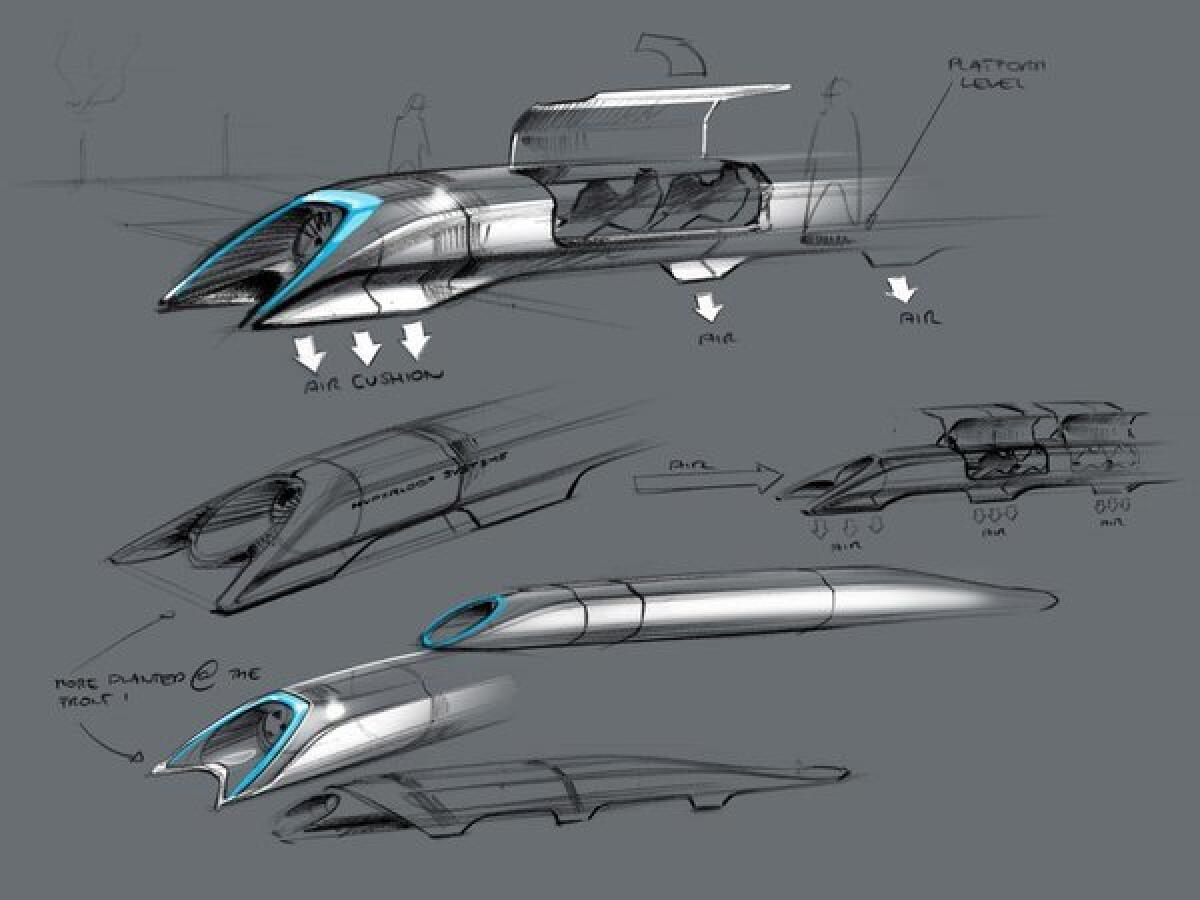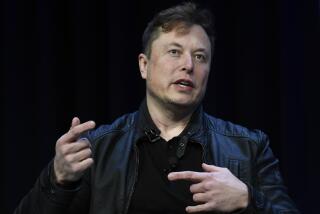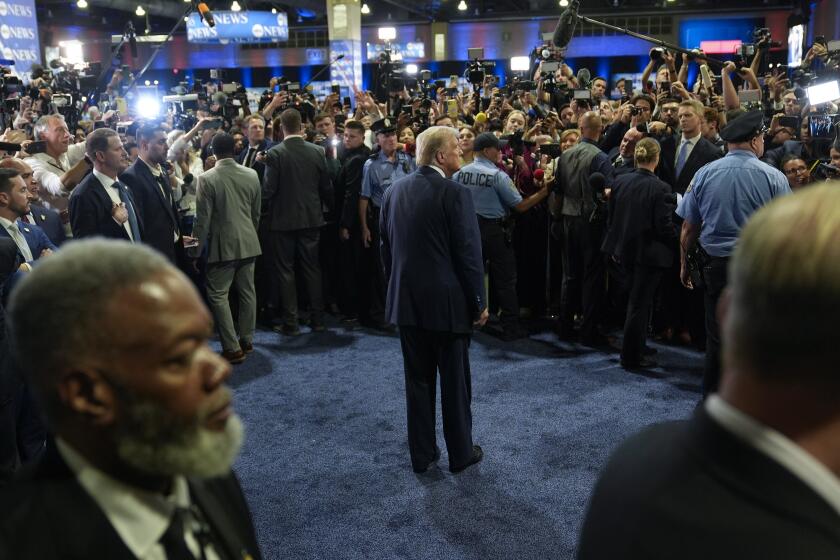Wishing for Hyperloop, betting on high-speed rail

It’s easy for Californians to get breathless about Elon Musk’s futuristic Hyperloop, considering how much bad news they’ve gotten about the high-speed rail line they voted for in 2008. So when Musk revealed details of his idea Monday afternoon in a blog post, Golden Staters could be forgiven for wishing they could have a do-over on that ballot initiative.
But regardless of its superior coolness factor, Musk’s idea faces some of the same hurdles that have been so problematic for the train project -- plus a few unique ones.
Hyperloop would be a low-pressure tube that carries capsule-shaped compartments at ultra-high-speed -- up three times as fast as the commercial high-speed trains -- on a cushion of air. An electric fan at the front of the capsules would take in air and thrust it toward the rear, providing the levitating power that eliminates the need for wheels or rails. And solar panels on the roof of the tube would provide the power necessary to accelerate the capsules and keep them speeding along.
SLIDE SHOW: 10 reasons to salute L.A.’s transportation future
The capsules would depart from the station every 30 seconds and take about 35 minutes to travel from Los Angeles to San Francisco. The projected ticket price would be $20, one way.
Musk’s blog post is dryly funny (an example: “Short of figuring out real teleportation, which would of course be awesome (someone please do this), the only option for super fast travel is to build a tube over or under the ground that contains a special environment. This is where things get tricky”), but he doesn’t seem to be playing Hyperloop for laughs. Instead, he’s pushing California to make a technological leap past the rest of the world instead of building a high-speed rail line that will be more costly and less speedy than virtually every other such effort around the world.
So I’m rooting for him on this one. He is, after all, one of the most constructively disruptive entrepreneurs of our time, having founded or co-founded revolutionary approaches to online payments (PayPal), space transportation (SpaceX) and the auto industry (Tesla Motors).
Yet if I had to pick a horse in this race, I’d bet on California finishing the oft-delayed high-speed rail line from Los Angeles to San Francisco before a single section of Hyperloop gets built.
The first hurdle for Musk’s brainchild is that it has no guardians. Musk offered his design to the public for anyone to use, saying he doesn’t have the bandwidth to try to turn Hyperloop into reality. He’ll take the wheel (so to speak) only if no one else does over the next several years.
The second hurdle is that a project of this scale -- which Musk estimates will cost “several billion” for the tube and “several hundred million” for the capsules -- requires outsize financing muscle. It’s hard to imagine its getting done without the state government’s imprimatur, and California already has a high-speed rail project it can scarcely afford. A public-private partnership could reduce the cost to the state significantly, but officials would have to find a way to terminate the voter-approved rail project before moving ahead with a competing idea. There’s not enough traffic to justify both.
Third, there’s the issue of where to put the tube. Musk says this isn’t really a problem; Hyperloop would be suspended from pylons built in the rights of way for Interstate 5 and 580. That would eliminate the need to buy land. Yet even if it were built in the interstate right-of-way, the public agencies responsible for those highways would still have to be convinced that the pylons wouldn’t interfere with future construction projects, such as adding lanes, and that the tube wouldn’t pose a risk to the drivers below.
It’s easy to imagine all sorts of not-in-my-backyard issues -- such as noise concerns in residential areas -- even if Hyperloop hugs the interstates. And regardless of how green Musk’s design is, assessing the project’s environmental impact would be no picnic given the novelty of the technology. There are no similar projects around that can demonstrate what burdens and hazards to expect from Hyperloop.
Nor does Musk’s post dwell much on such issues. For instance, it offers this breezy estimate of earthquake risks: “California is no stranger to earthquakes and transport systems and all built with earthquakes in mind. Hyperloop would be no different, with the entire tube length built with the necessary flexibility to withstand the earthquake motions while maintaining the Hyperloop tube alignment.”
Maybe it’s easier, as a technical matter, to guard a tube suspended from pylons against a major temblor than it is to protect a high-speed train running on rails. But the fact that Hyperloop’s tube would be 20 to 100 feet above ground during a quake could be as much of a problem for the public as it is a benefit for engineers. If a pylon or two go down, what happens to the tube and the capsules in it, not to mention the people below?
Having said all that, the economics of Musk’s outline are compelling. By his calculations, the Hyperloop would be at least one order of magnitude less expensive than the state’s high-speed rail project. That means far less expensive tickets to use it, which raises the chance of the thing being a success instead of a money pit.
The best way to gauge how accurate his calculations are is to seek bidders for a real-world prototype. And for now, at least, Hyperloop is nowhere close to the real world. Although it is closer than teleportation, so there is that.
ALSO:In the Arab world, U.S. is low on leverage
What did Edward Snowden get wrong? Everything
After breaking up with California, strong second thoughts
Follow Jon Healey on Twitter @jcahealey and Google+
More to Read
A cure for the common opinion
Get thought-provoking perspectives with our weekly newsletter.
You may occasionally receive promotional content from the Los Angeles Times.











